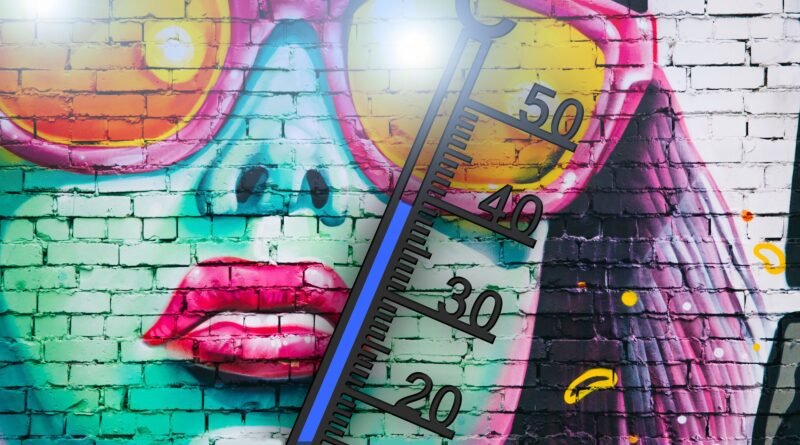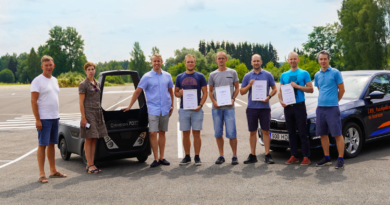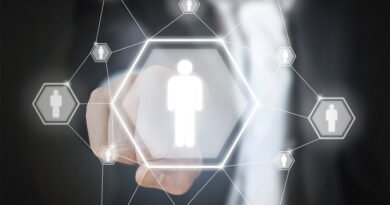Tackling climate change: electricity and digitalisation
Schneider Electric, first in the ranking of the 100 most sustainable companies in the world in 2021,is an international energy management company that has emerged in 2006. It has set a goal: within 5 years to reduce CO2 emissions by the amount that Lithuania would emit in 57 years. A double commitment to sustainability consists of its goals to become CO2-neutral by 2025, not in 2030, and help other companies reduce CO2 emissions by 800 million tonnes. Lithuania would emit such an amount of greenhouse gases into the environment within 57 years.
the ways of energy production fundamentally change
The company, which develops digital energy management technologies and solutions, plans to invest about 1 billion $ in research and development over the next five years, to provide access to electricity to 50 million people and train 1 million of the poor of the planet how to manage energy efficiently. Today, only 20% of all the world’s energy consumed is electricity. 1 in 8 of the planet’s population does not yet have access to electricity. In 2040 the number of such people will still reach 700 million. It is estimated that as the world’s population grows, electricity demand will increase to 40% over the next two decades. “This can be called today’s energy paradox: the world needs to find a solution to produce more energy and at the same time reduce CO2 emissions double. We see two ways to do this: the transition to sustainable electricity and its efficient management through digital IoT technologies. We no longer have to wait for innovation. We already have everything – the Internet of Things, big data, artificial intelligence – we just need to fundamentally change the ways of energy production and its consumption habits,” says Denis Gacicha, CEO of Schneider Electric Lietuva.
5G connectivity opens up more opportunities
While society is adapting slowly to change, for many companies, the 2020 pandemic and quarantine has become a serious challenge that required particularly rapid solutions: how to distribute and manage available data and resources more efficiently. Some solutions – such as work from home or process automation and digitization – have helped some businesses adapt faster, while others have radically transformed their operations. “The pandemic, which the whole world is fighting, has shown us not only how vulnerable we are, but also how our daily activities affect the environment. If this crisis had hit us in 2000, it would have been completely different: digital technologies have made it easier for us to adapt, socialize remotely, develop our businesses and even change our lifestyles. 5G connectivity opens up even more opportunities for us to use digital technologies that help to manage energy resources more efficiently in homes, buildings, factories and cities,” says Denis Gacicha, CEO of Schneider Electric Lithuania.
Catalyst to ensure the efficiency
Industrial enterprises and buildings, according to D. Gacicha, could be 30 percent more efficient if artificial intelligence and digital IoT technologies are used for energy management. At the same time, in some industries, such as metal processing plants, the application of the principles of the circular economy and the re-use of production resources can increase efficiency by more than 70%. Another area where digital energy management technologies are still very underused is buildings. Constantly growing cities are becoming an arena where the climate battle will be won or lost. It is estimated that buildings consume about 40 percent of all energy, and cities are one of the largest sources of pollution, emitting about 70% CO2 emissions. Reduction of CO2 emissions in this area by 2050 can become a difficult mission to accomplish. One of the fastest ways to achieve change and significantly reduce CO2 emissions is through digitalisation. According to Schneider Electric, digital energy management solutions can increase the efficiency of buildings by a factor of 10 – and this requires significantly less investment than insulation or new windows. Digitization is the best catalyst to ensure the efficient use of all energy resources used in a building, such as lighting, heating, air conditioning. These solutions can be applied to all buildings: private homes, renovated apartment buildings and large industrial complexes.
The action must be taken
“Although many of the world’s cities have already embarked on their journey towards sustainability, there is still a long way to go to a harmonious, smart energy infrastructure. To win the battle against climate change, we need to step up action on the three front lines. Firstly, we need to produce six times more energy from renewable sources. Secondly, more electric cars, public transport and electrically heated buildings are needed. Thirdly, energy resources need to be managed more efficiently everywhere, from factories, buildings, transport systems to electrical appliances,” says Gacicha. Schneider Electric has already taken this path 15 years ago, setting increasing sustainability requirements not only for all its production companies and representative offices in 100 countries around the world, but also for its partners. “So far, just over a fifth of all Fortune 500 companies have made their sustainability commitments by 2030 public. However, optimism is given by the results of surveys conducted during the pandemic – sustainability is mentioned as a priority for business development by 40% business leaders. The climate change crisis has not stopped because of quarantine. We must take action to stop it. We can help companies and public sector organizations assess the challenges they face, adapt technologies and solutions, and achieve their sustainability goals, ”says Gacicha.




